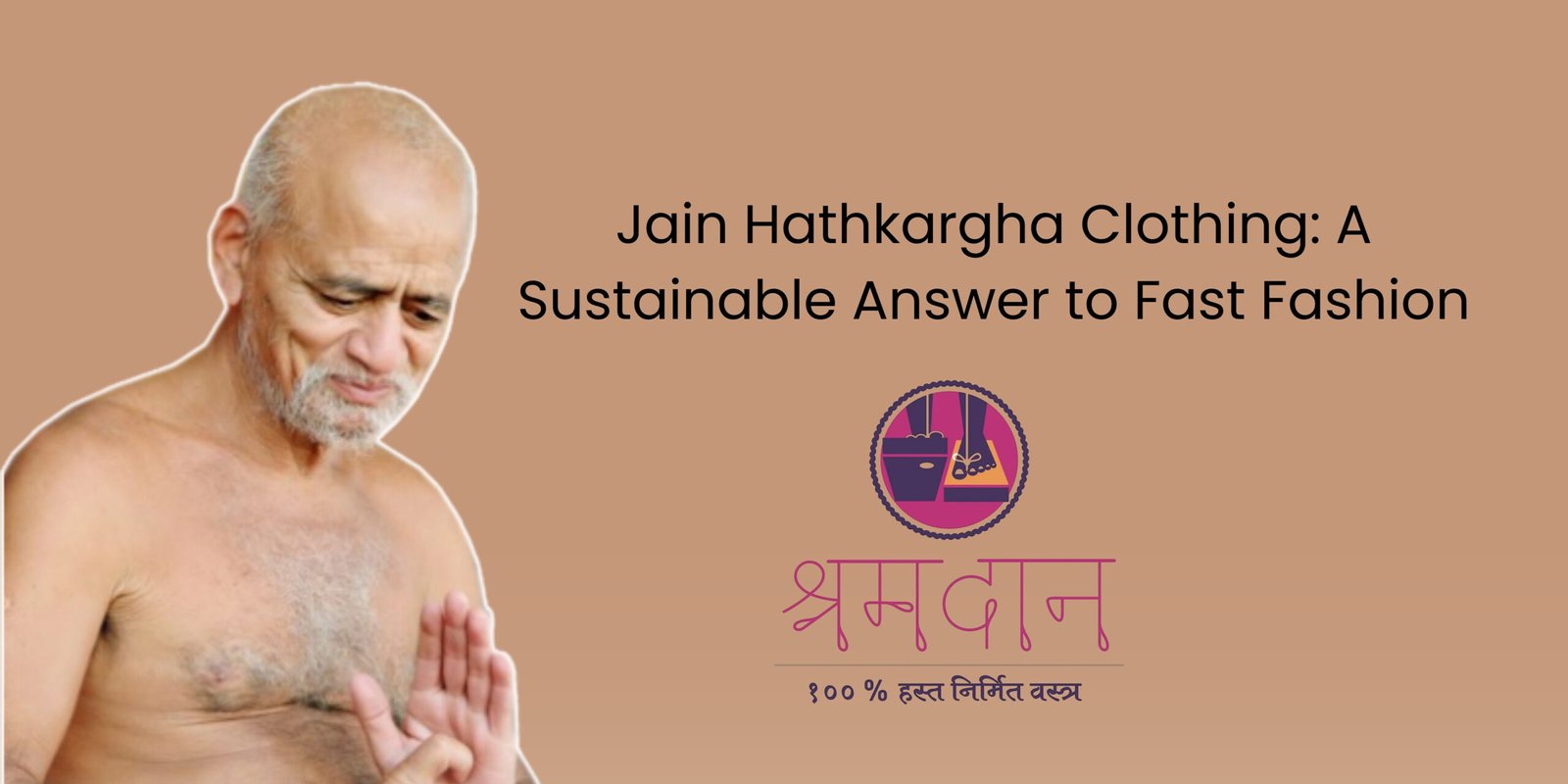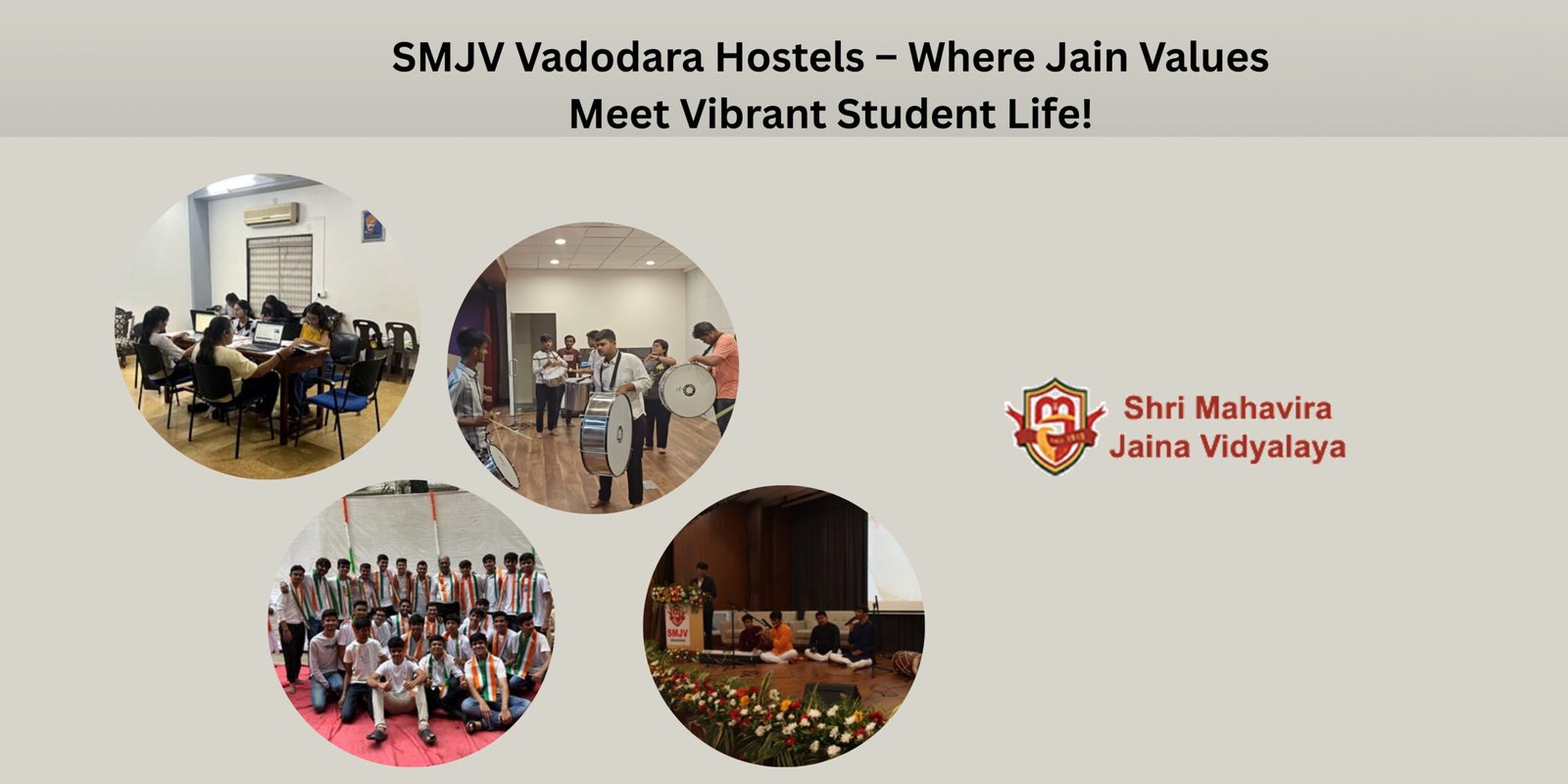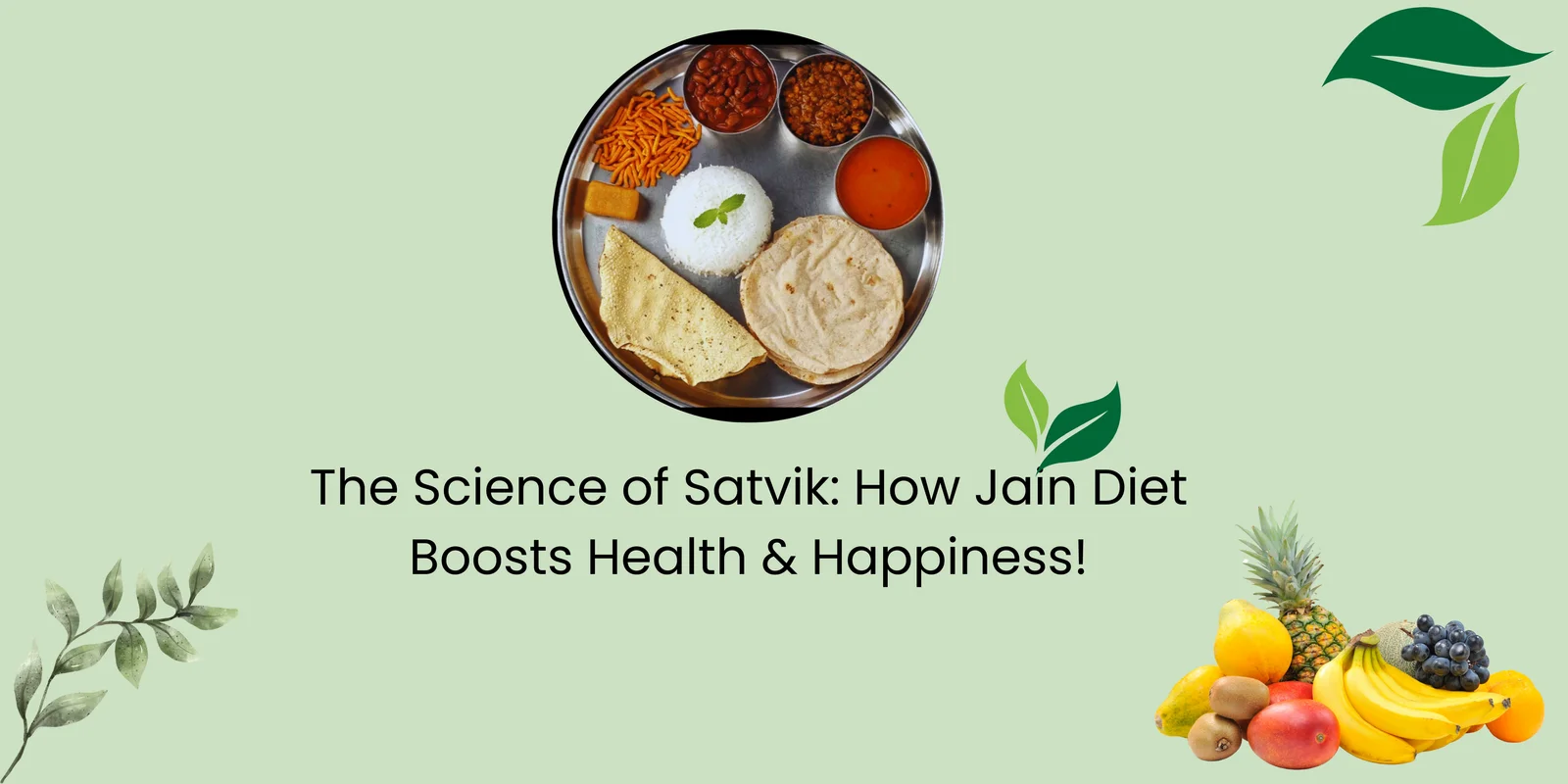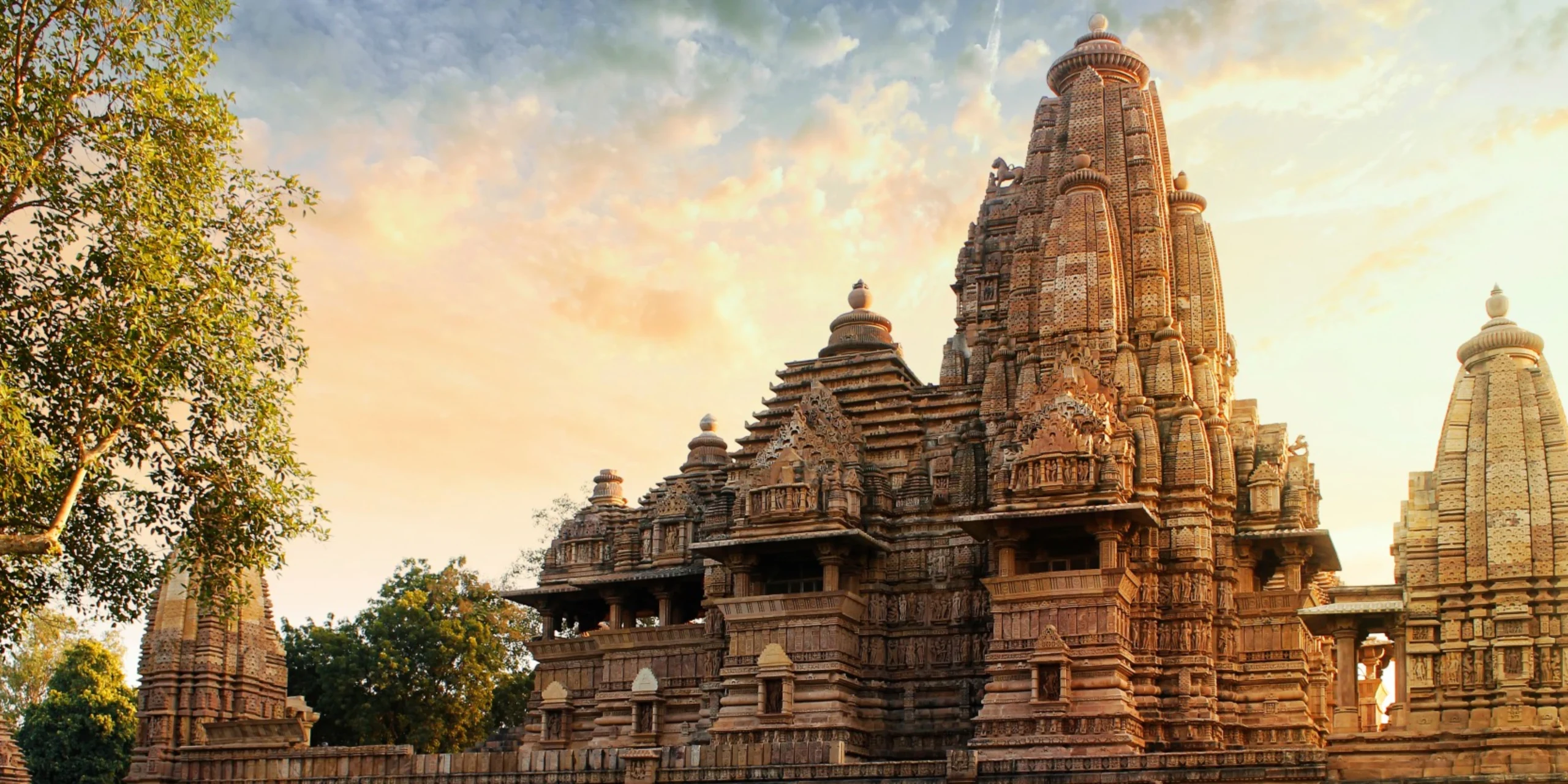Introduction
Jain Hathkargha: Every time you buy a new outfit, do you ever wonder who made it, what it’s made of, and at what cost to the planet? The fashion industry is one of the largest polluters in the world, and fast fashion is at the heart of this crisis. But did you know there’s an ancient, ethical alternative that aligns with both sustainability and spirituality?
Jain Hastkargha (Handloom) clothing is not just about fabric—it’s about a philosophy, a movement, and a conscious lifestyle choice. What if your clothes could reflect your values, promote ethical craftsmanship, and support a better world? Let’s uncover the fascinating world of Jain handloom and why making the switch is more than just a fashion statement—it’s a necessity.
1. Clothing: The History of Jain Hathkargha and Shramdaan
Handloom weaving has been an integral part of Indian culture for thousands of years, with its roots going back to the Indus Valley Civilization. The earliest references to handloom fabrics can be found in ancient Jain texts, which emphasize self-reliance, sustainability, and ethical production.
Jain Hastkargha follows the principles of Ahimsa (non-violence) and Aparigraha (non-possessiveness), ensuring that no harm is caused to living beings in the production of fabrics. The tradition of weaving ethical and sustainable fabrics was significantly promoted by Jain monks and traders, who encouraged the use of Ahimsa silk and natural fibers over conventional silk and wool.
Jain Hathkargha : The Role of Jain Shramdaan: A Community Effort for Sustainability
Jainism emphasizes the concept of Shramdaan—voluntary labor for the greater good. Shramdaan in the handloom sector has played a pivotal role in reviving the lost art of ethical weaving. Jain communities, under the guidance of monks like Acharya Vidyasagar Ji Maharaj, have actively contributed to handloom weaving initiatives by volunteering their time and skills to support artisans.
A notable initiative is the Shramdaan social brand, which focuses on creating flexible and gainful employment opportunities for individuals at the bottom of the pyramid in rural India. By imparting handloom skills and resources, Shramdaan promotes universal compassion, ecological balance, and fair wages. You can explore more about their work and purchase handwoven products at
Link: https://shramdaan.in/
Many Jain institutions and temples have initiated workshops where people engage in weaving as an act of devotion, reinforcing the idea that labor is not just for profit but for the well-being of society. These efforts ensure:
- Fair wages and dignified livelihoods for artisans.
- Preservation of ancient textile techniques.
- Ethical production of fabrics that align with Jain values.
2. Cotton fabric: The Story Behind the Fabric
Fast Fashion: A Race to Destruction
Fast fashion is built on speed, mass production, and cheap labor. Brands release new collections almost every week, pressuring consumers to buy more and discard clothes faster. This results in:
- Heavy use of synthetic fabrics (polyester, nylon) that take centuries to decompose.
- Exploitation of workers in developing countries.
- Animal cruelty (regular silk, leather, and fur production).
- Massive carbon footprints due to large-scale industrial production.
Jain Hathkargha: Weaving Sustainability with Values
Jain Hastkargha clothing is the complete opposite. It follows the principles of Ahimsa, Aparigraha, and Satya (truth) by:
- Using handwoven, organic fabrics like Ahimsa silk, cotton, and plant-based fibers.
- Avoiding harm to animals and reducing environmental damage.
- Supporting local artisans and preserving ancient textile traditions.
- Promoting minimalism, where quality matters more than quantity.
3. Aacharya Shree Vidyasagar (Jain) : The Environmental Cost:
Fast Fashion vs. Jain Handloom
| Factor | Fast Fashion | Jain Hathkargha (Handloom) |
| Material | Polyester,nylon,conventional silk | Organic cotton, Ahimsa silk, natural threads |
| Production | Machine -made,mass production | Handmade, slow, and ethical weaving |
| Water Usage | 2,700 litres per t-shirt | Minimal, uses natural dyeing methods |
| Carbon Emission | High due to factories and transport | Low due to local and handmade production |
| Waste Generation | Tons of textile waste per year | Sustainable, biodegradable fabrics |
| Animal Cruelty | Leather, silk from boiling cocoons | Ahimsa silk |
| Worker Treatment | Poor wages, unsafe conditions |
4. Cotton fabric: Why Jain Handloom Clothing is the Future
1. Ethical and Sustainable
Handloom products do not exploit people, animals, or nature. Unlike fast fashion, which depends on harmful industrial processes, Jain Hastkargha clothes are made with care, ensuring every step aligns with non-violence and sustainability.
2. Unique and Timeless Designs
Fast fashion produces mass-manufactured clothes that lose value quickly. Jain handloom fabrics, on the other hand, are handcrafted, giving them a unique texture, pattern, and story. They don’t go out of fashion because they are designed to last for generations.
3. Health and Comfort
Synthetic fabrics contain microplastics and chemicals that can cause allergies, irritation, and discomfort. Jain handloom clothes use organic and natural dyes, making them skin-friendly and breathable, perfect for every season.
4. Supporting Local Artisans and Economy
When you buy fast fashion, your money often goes to large corporations that exploit cheap labor. But when you buy Jain Hastkargha products, you are directly supporting weavers, preserving a heritage craft, and ensuring fair wages for artisans. Jain Shramdaan initiatives further strengthen this by encouraging community participation in weaving projects, making consumers an active part of the movement.
5. Minimalism and Mindful Consumption
Fast fashion encourages excessive shopping, leading to cluttered wardrobes and unnecessary spending. Jain philosophy teaches Aparigraha (non-possessiveness), which aligns perfectly with mindful consumption. Investing in high-quality, handloom clothing means fewer but better garments that truly matter.
5. Jain Hathkargha : How You Can Make the Switch
1. Start Small: Replace One Fast Fashion Item with Handloom
Next time you need a kurta, saree, or scarf, choose a Jain Hastkargha fabric instead of a mass-produced item.
2. Support Jain Handloom Brands & Weavers
Look for brands and cooperatives that sell authentic Jain handloom products. Attend exhibitions and fairs where artisans showcase their work.
3. Choose Quality Over Quantity
Instead of buying 10 cheap synthetic outfits, invest in 2-3 well-crafted handloom pieces that last longer and feel better.
4. Participate in Jain Shramdaan Activities
Many Jain communities conduct Shramdaan programs where you can volunteer to help artisans, learn handloom weaving, or contribute financially to ethical textile projects.
5. Spread Awareness
Encourage your family and friends to switch to handloom. Share your experiences on social media to inspire others.
6. Jain Hathkargha : Conclusion: Wear Your Values, Not Just Clothes
Your wardrobe is a reflection of your choices. Fast fashion may offer convenience, but Jain Hastkargha clothing offers something far greater—ethics, sustainability, and tradition. By choosing handloom, you are not just wearing a piece of fabric; you are wearing history, culture, and values that promote a better world.
So, the next time you shop, ask yourself: Do I want to support an industry that harms the planet, or do I want to be part of a movement that preserves it?
Make the switch to Jain handloom today and wear your values with pride!
Quick Queries – Jain Handloom Clothing
1. What exactly is Jain Hastkargha clothing?
It’s ethical, handcrafted attire rooted in Jain values like non-violence and simplicity.
2. How is it better than fast fashion?
It’s sustainable, handmade, and kind to both nature and artisans, unlike mass-produced fashion.
3. What types of fabrics are used?
Ahimsa silk, organic cotton, and plant-based fibers that are cruelty-free and eco-conscious.
4. Is this clothing safe for the skin?
Absolutely! It’s natural, non-toxic, and comfortable—great for daily wear.
5. How can I be part of the change?
Shop handloom, join Shramdaan efforts, and inspire others by sharing your journey.
Also read: https://jinspirex.com/summer-jain-diet-tips-for-cooling-and-energizing-your-body/








